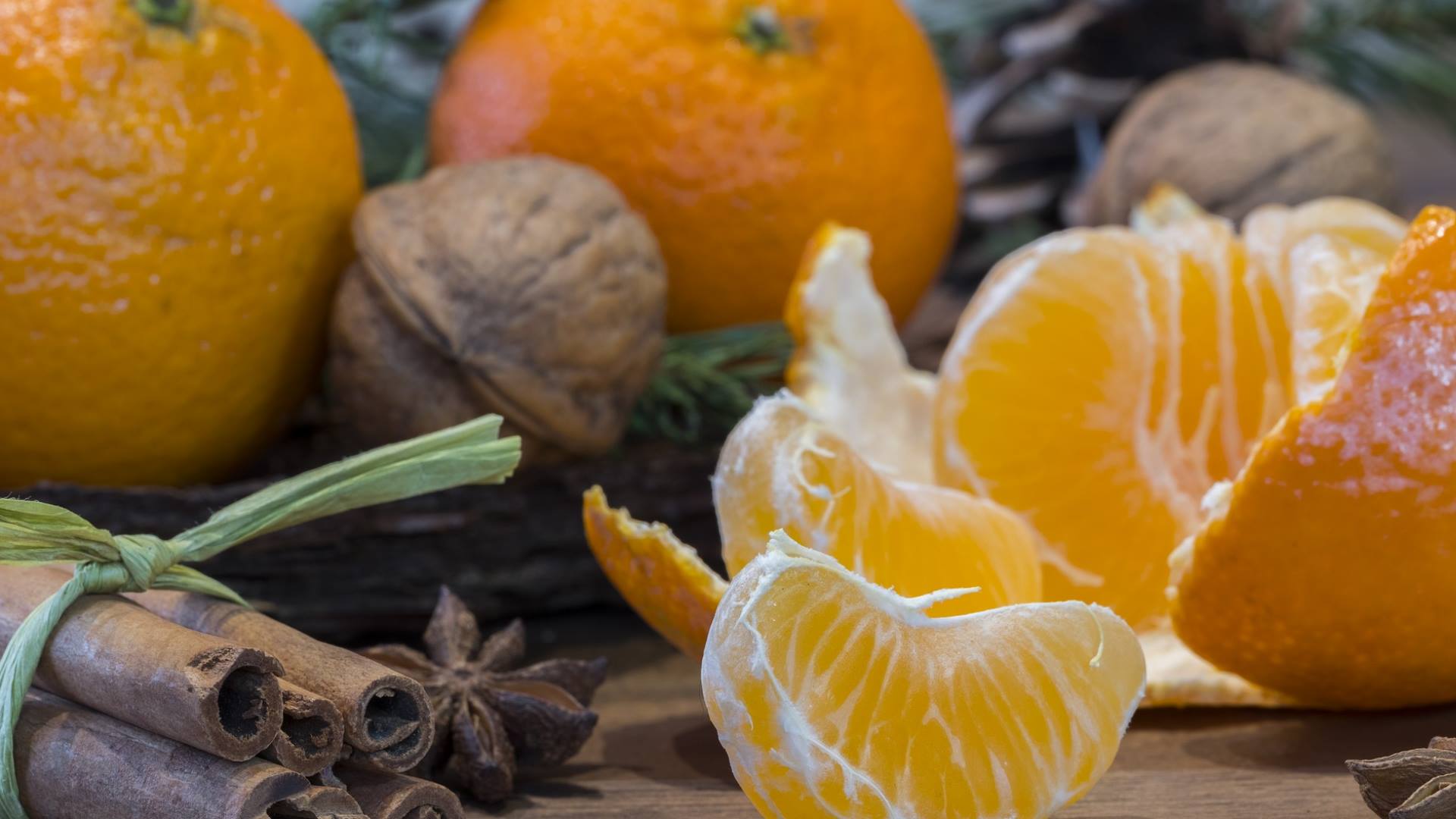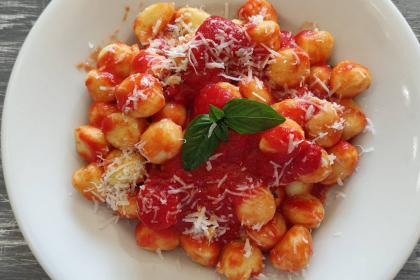
When in Rome, do as the Romans do, especially when, on holidays, the city reveals one of its most irresistible aspects: the exceptional gastronomic tradition. New Year's Day in the Eternal City is an extraordinary, almost sacred rite, lived with the lighthearted spirit that has always distinguished the Romans.
Let's celebrate this event with a menu dedicated to the Capitoline tradition, discovering ingredients and typical recipes which recall stories and legends, known for being well-wishing for the new year.
Gods, consuls and reason of state
According to legend, Numa Pompilius, the second king of Rome, introduced, in 713 BC, the months of January and February. The then Romulean calendar began on 1 March, the month dedicated to Mars, in which the rebirth of nature was celebrated. Some sources attribute the New Year's Day change to 1 January to Julius Caesar - with the introduction of the Julian Calendar. Actually, the date had already been modified over a century before by Quintus Fulvius Nobilior. He was elected consul in December 153 BC and asked the senate to take office immediately, instead of waiting for March, as usual. The purely practical reason, aimed at quelling the revolt of the Celtibers in Spain, became a customary rule.
January was the month dedicated to two-faced Janus. The Pontifex Maximus offered the god salt, spelt and focaccia made with flour, oil, eggs and grated cheese to gain his favour for the fields and crops.
During New Year's Day, the Romans used to work a few hours; later, they met with family and friends for lunch. They exchanged the Strenae - dates, dried figs, a jar of honey, leaves and branches of laurel, collected in the woods along the Via Sacra. In the tabernae, which remained open, the wine flowed in abundance. At the moment of the last toast, to propitiate luck, the customers dipped their fingers in the goblet, then touched a wooden statue of the god Dionysus - the Roman Bacchus - placed on a rock. A superstition survived until today: when we spill wine on the table, we wet a finger to touch our foreheads!
New year, new life: popular customs of the Rome of the past
The New Year was closely linked to a series of superstitions, customs and traditions that the Romans embraced with sincere enthusiasm, conviction and a bit of fun. On the table, there were different foods: raisins, pork chops and, on 31 December night, cotechino with lentils, an unmissable dish still today. Besides cancelling debts, the Romans thought they could bring money for the rest of the year. To wish for long life and iron health, it was custom to give friends and relatives a pine cone coloured in gold or silver. On New Year's Eve, a minute after the midnight toast, people threw out of the window three pots of "crock" filled with water to ward off bad luck. There was no shortage of love rites for girls curious to know their sentimental future, such as the game of three dried beans: one removed of all the peel, the other only of the half, the last left intact. Each wrapped in a piece of paper, the beans were placed under the girl's pillow before sleeping. Upon awakening, the bean, chosen at random, would have predicted the economic condition of the future husband.
Appetite comes with eating!
We strictly use regional, seasonal products to prepare a rich, convivial and delicious meal on the palate. To follow the tradition, we start with a classic Italian appetizer enriched with some mouth-watering typically Capitoline dishes: prosciutto crudo, salami, olives, artichokes in oil, local cheeses, bruschetta, mozzarella and flans. After a light chicken broth, it's time for one of the main dishes: hand-made fettuccine, seasoned with meat sauce, mushrooms or alla papalina; gnocchi alla romana; crepes; cannelloni; lasagna with artichokes, ravioli with meat or stuffed with ricotta, strictly DOP from the Roman countryside. Not to forget to drink an excellent wine from the Castelli Romani, perhaps a Cesanese, a Frascati Superiore or a fragrant Cannellino. The choice between the DOC and DOCG wines of the territory is wide.
The second course usually includes one of the most popular and tastiest dishes of Roman cuisine: lamb, or as Roman call it, according to the ancient dialect term, abbacchio. It is an unmissable dish on any festive occasion: baked in the oven, with potatoes flavoured with garlic and rosemary, or "a scottadito", accompanied by a mixed salad, burning your fingers but licking your lips! Do not miss some chicory sautéed in a pan, puntarelle with anchovy sauce and, for the more superstitious, a taste of lentils from the previous evening to give a further boost to luck!
Two thousand years of sweetness
Traditional desserts and seasonal fruit close a New Year's Day lunch labelled "Rome". The prince of the Capitoline table is the delicious pangiallo. It is a kind of loaf with a characteristic golden yellow colour, made from a mixture of dried fruit, honey and candied citron. People used to donate it in the Imperial Age to wish the sun to return on the occasion of the Winter solstice. Not to be missed a bite of Roman Torrone (Nougat) - a mix of dried fruit and honey with a refined flavour captivating the sweet tooth - and the typical doughnuts with wine, called "'mbriachelle", crumbly, with an inviting amber or brown colour, covered with sugar crystals, to be "dipped" in the Castelli wine. Finally, a wave of perfume and freshness on the palate with grapes, apples, oranges and mandarins!
Christmas Time in Roman Cuisine
Il Natale è un’occasione per riunirsi in famiglia e condividere i piaceri della tavola
Ciambelline al vino

Biscotti tipici dei Castelli Romani di origine antichissima
Gnocchi












































